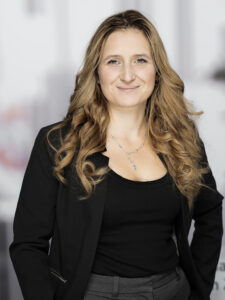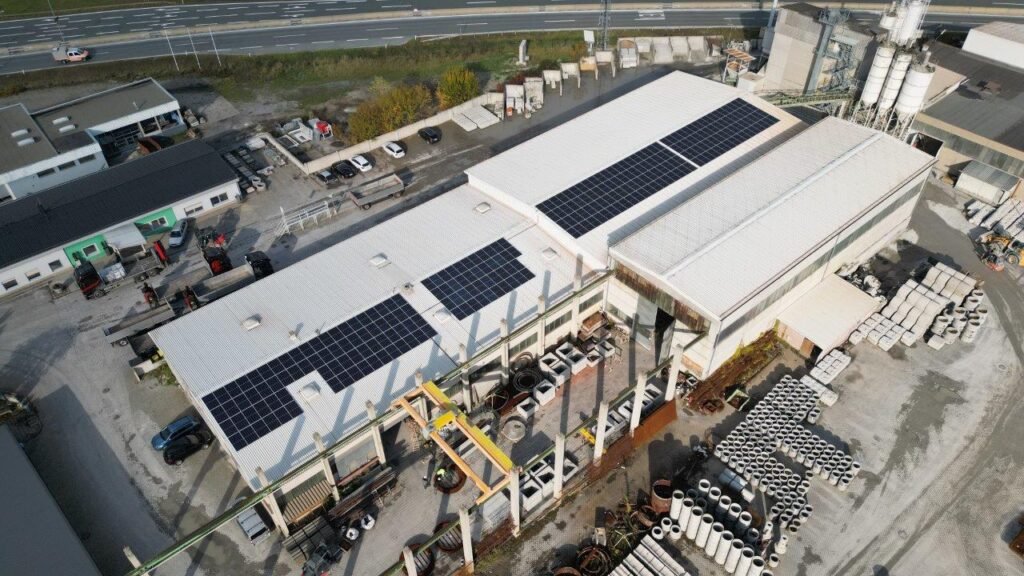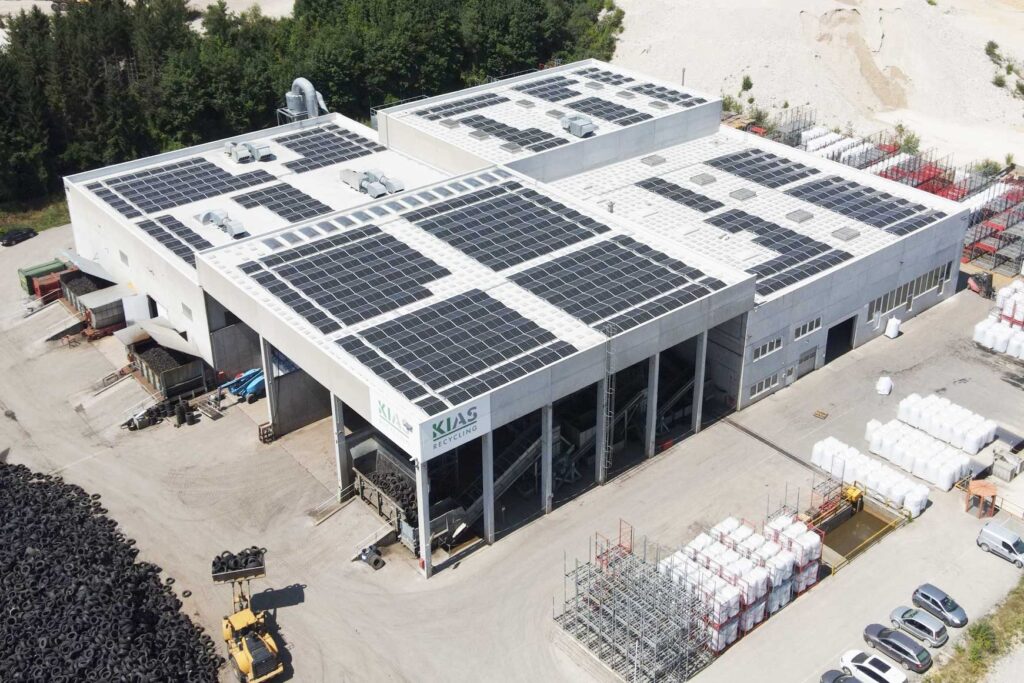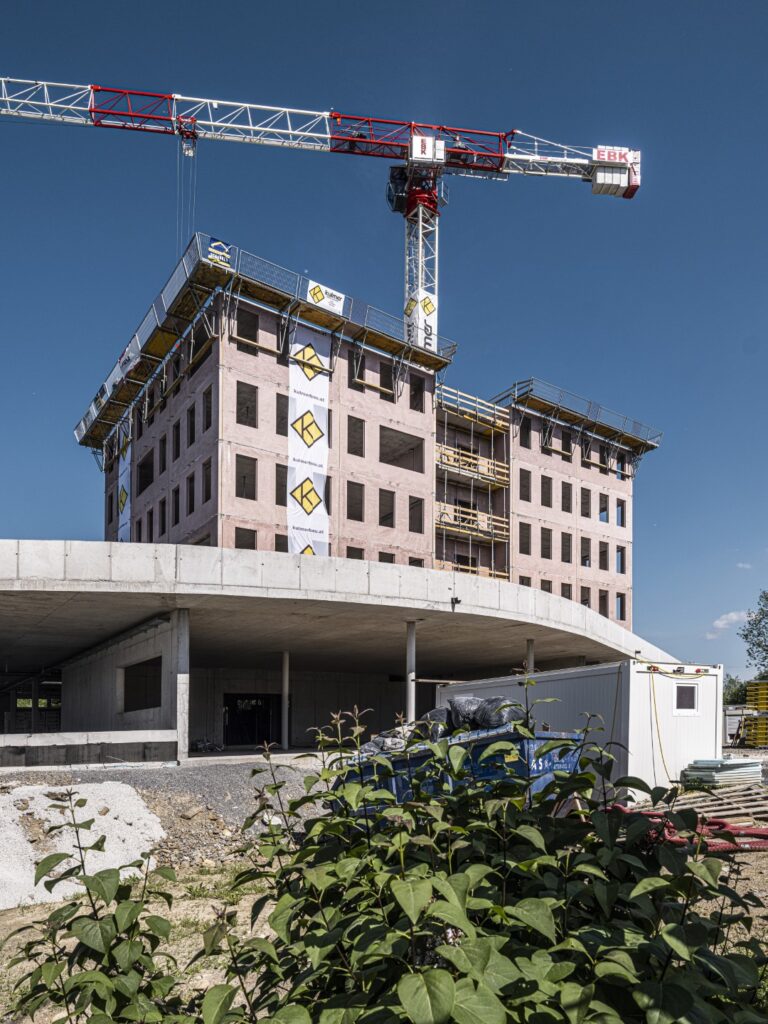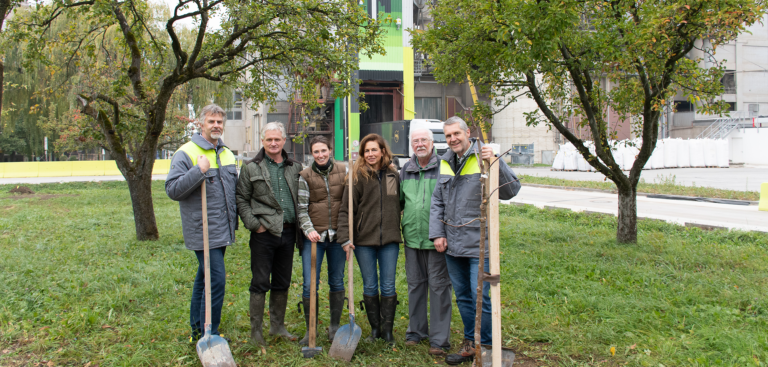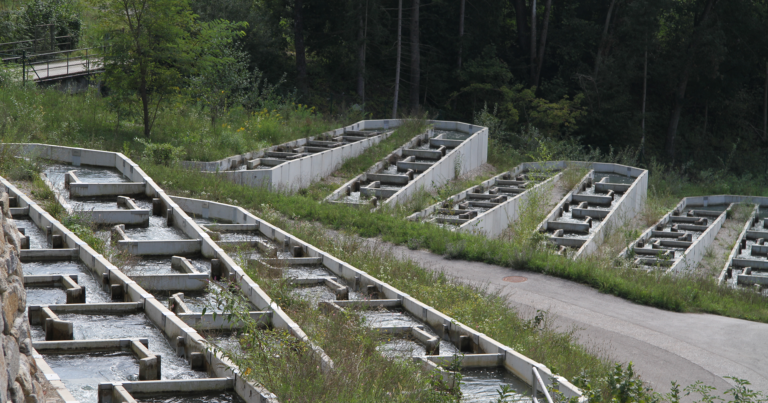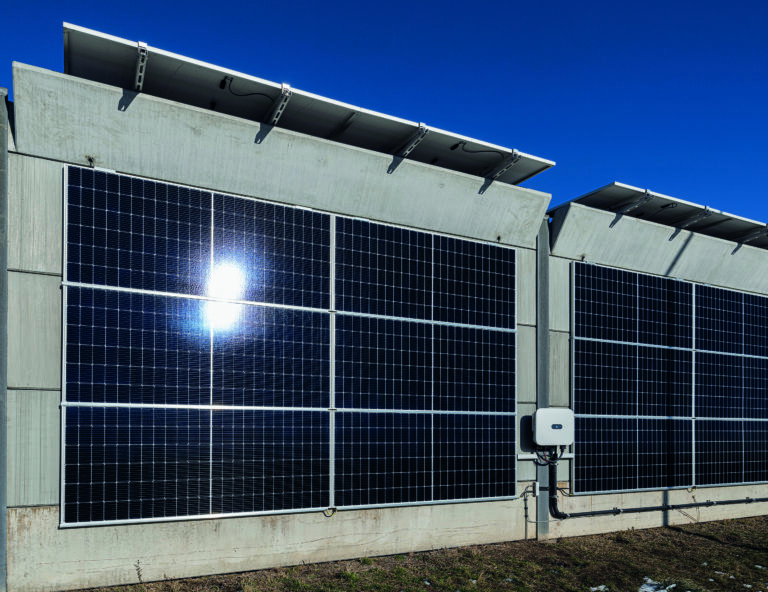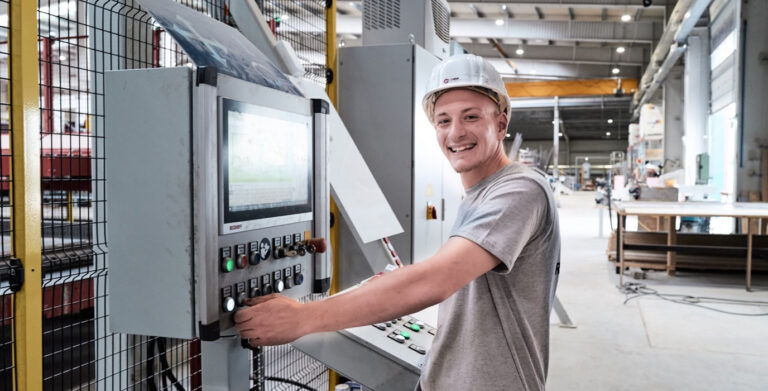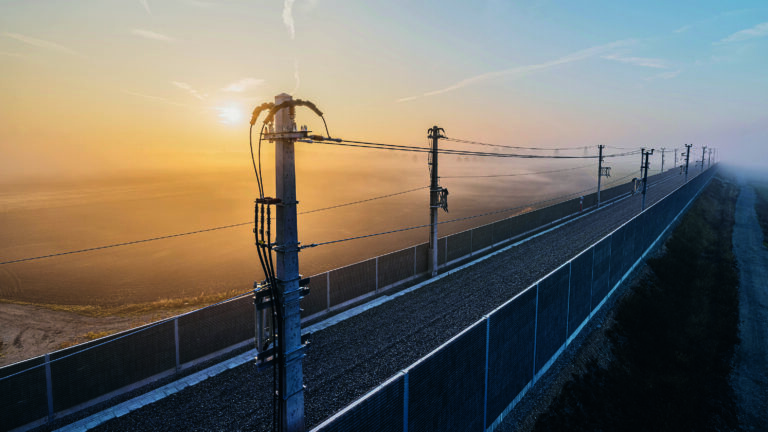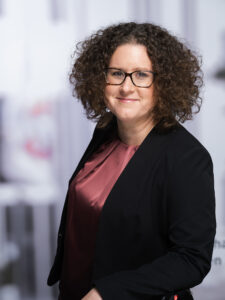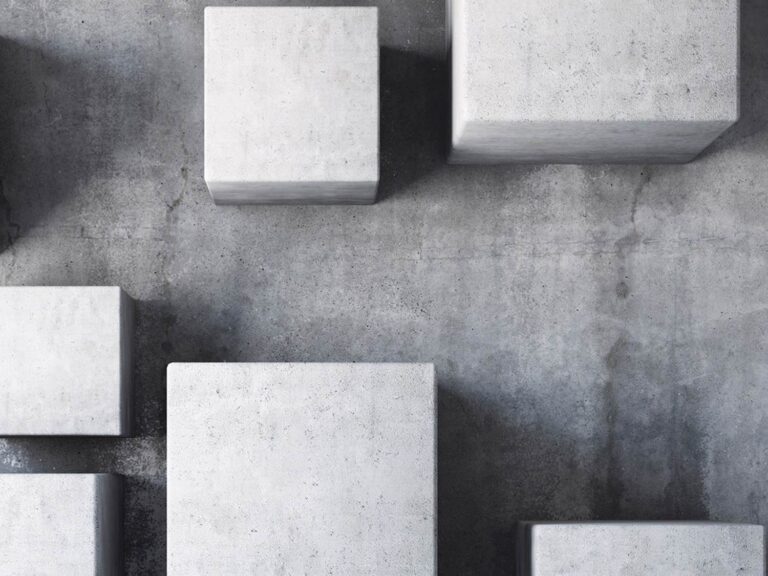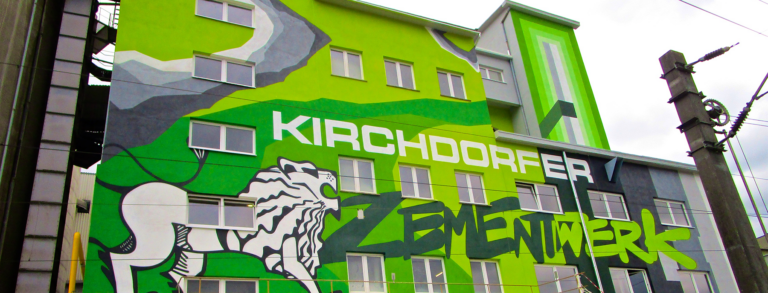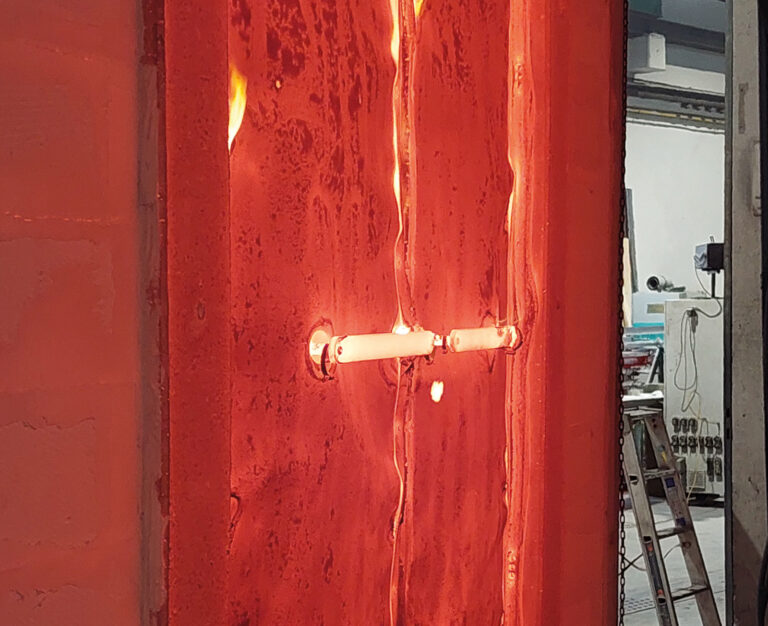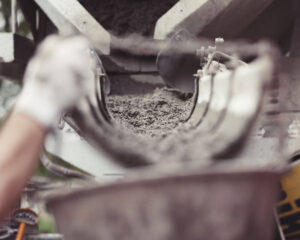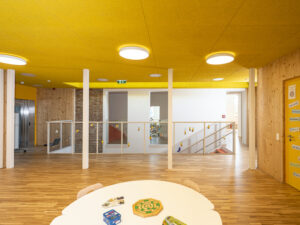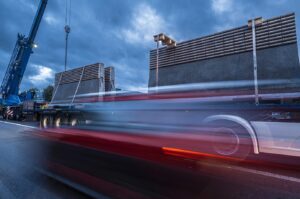IS ENERGY SELF-SUFFICIENCY POSSIBLE IN THE CONSTRUCTION INDUSTRY? KIRCHDORFER LAUNCHES PHOTOVOLTAIC OFFENSIVE
November 2023
Since the Martini Beton GmbH sun tower project in St. Martin im Mühlkreis in 2022, the Kirchdorfer Group’s photovoltaic offensive has been visible from afar. With its current PV offensive, over 12 locations in Austria have already been equipped with photovoltaic panels in the last 3 years, and further projects are in the starting blocks.
When the façade of the 33-metre-high Martini Beton 2022 tower building was clad with over 1,200 m2 of photovoltaic panels, it was a visible exclamation mark for the entire Kirchdorfer Group. But the project is not the only solar power initiative within the diversified group of companies.
EMISSION AVOIDANCE OF 717 TONS OF CO2 PER YEAR
The installation of photovoltaic systems at over a dozen of the Group’s sites is a decisive step towards reducing CO2 emissions. With almost 7,500 panels and an annual energy generation of 2,779 megawatt hours1) of electricity, up to 717 tons of CO2 emissions can be saved. This corresponds to over 57,371 trees planted2) per year! Kirchdorfer thus covers part of its energy requirements from self-generated green energy.
Erich Frommwald, Managing Director of the Kirchdorfer Group, is delighted: “Optimizing the use of energy and cooperating with external energy suppliers is part of our sustainability strategy. The figures speak for themselves – with a total of 2,779 mWh, we achieve a remarkable CO2 reduction of over 717 tons per year.”
Michael Wardian, Managing Director of the Kirchdorfer Group, adds: “Our photovoltaic initiatives not only bring ecological benefits, but also strengthen our corporate resilience by making us less dependent on external energy sources. They are also an important step on our path to green energy use.“
Kirchdorfer’s corporate strategy provides for the use of renewable energies and aims to increase its energy supply. Electricity from the company’s own photovoltaic system is just as firmly anchored in this strategy as measures to save energy are being sought throughout the Group. The energy supply activities within the Group are far from complete and will be further intensified in the coming years.
MABA PRECAST INDUSTRY: NEW PV SYSTEMS COVER 35% OF ELECTRICITY DEMAND
The largest single company in the Concrete Solutions division, MABA Fertigteilindustrie GmbH, has now implemented substantial PV installations at all of its sites. With massive systems in the range of 500-600 kWp for sites in Lower Austria and a 120 kWp system in Micheldorf (Upper Austria), the company is aiming for a self-consumption rate of up to 80% per site and system – which corresponds to covering around 1/3 of its total electricity requirements.
Franz Buschmüller, Technical Managing Director and Environmental Officer at MABA, says: “The in-house PV power supply is part of our vision to keep the corporate carbon footprint of our sites as low as possible.“
PV installations with a capacity of 66.12 kWp were successfully implemented on the roof of the headquarters of the internationally active DELTABLOC Group in fall 2023.
STYRIAN SUBSIDIARIES ON TRACK
Since March 2021, the precast specialist KAMMEL has been actively working on increasing its self-sufficiency. Two PV systems with a total output of 400 kWp already cover around 55% of the company’s total electricity requirements.
Concrete artists Rauter in the Mur Valley are also focusing on sustainable energy generation with their 500 kWp photovoltaic installation on the roof of the production hall. Thanks to this investment, the company can now cover 80% of its electricity consumption itself. With its recently renewed wood chip heating system, Rauter is setting a clear example for sustainable energy supply.
In addition to the two sister companies, TIBA AUSTRIA GmbH has also invested in its own photovoltaic power supply at two sites, which will save almost 43 tons of CO2 emissions – the equivalent of planting 4,320 trees.
SUSTAINABLE TOGETHER IN JOINT VENTURE
Kirchdorfer also promotes photovoltaic systems at its joint ventures, e.g. KIAS Recycling GmbH. The specialist for used tire recycling and the production of alternative fuels operates its own solar power plant. This achieves an output of 400 kWp.
1) Assumption: Annual estimate of generated electricity is 1,000kWh/kWp on average; Source: https://www.eon.de/de/pk/solar/kwp-bedeutung-umrechnung.html; 22.11.2023
2) Assumption: 1 tree binds 12.5 kg Co2 per year; source: https://www.co2online.de/service/klima-orakel/beitrag/wie-viele-baeume-braucht-es-um-eine-tonne-co2-zu-binden-10658/; 22.11.2023
Picture credits: Reprint free of charge if the respective copyright information is mentioned
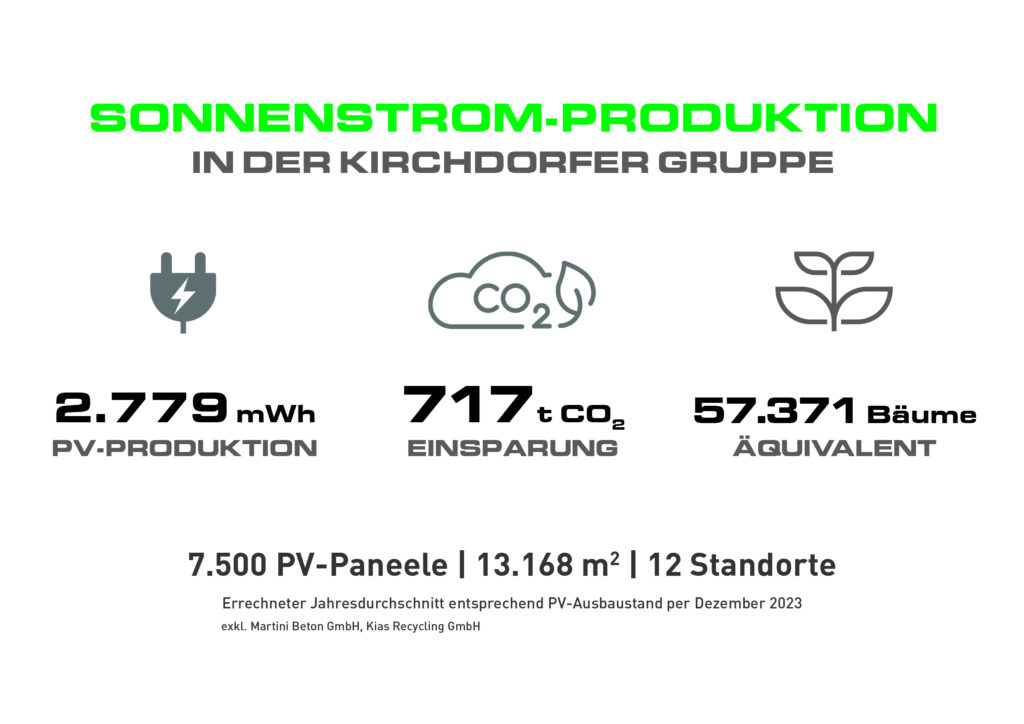
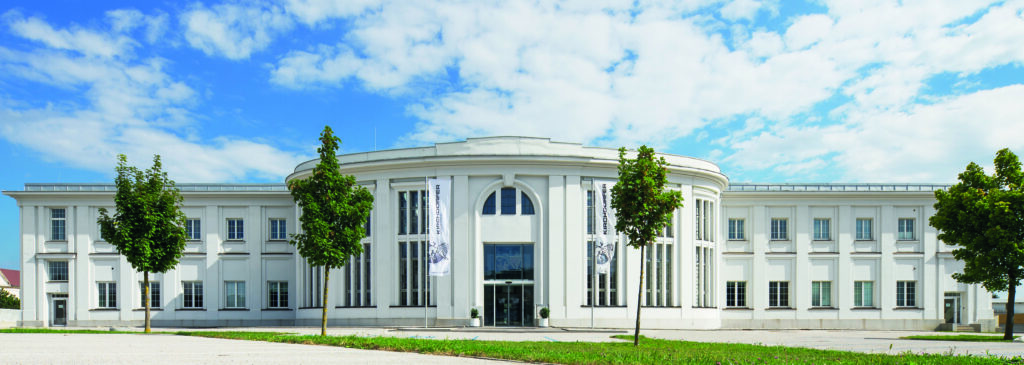
© Zelger

Michael Wardian & Erich Frommwald
© Postl

© Pichler
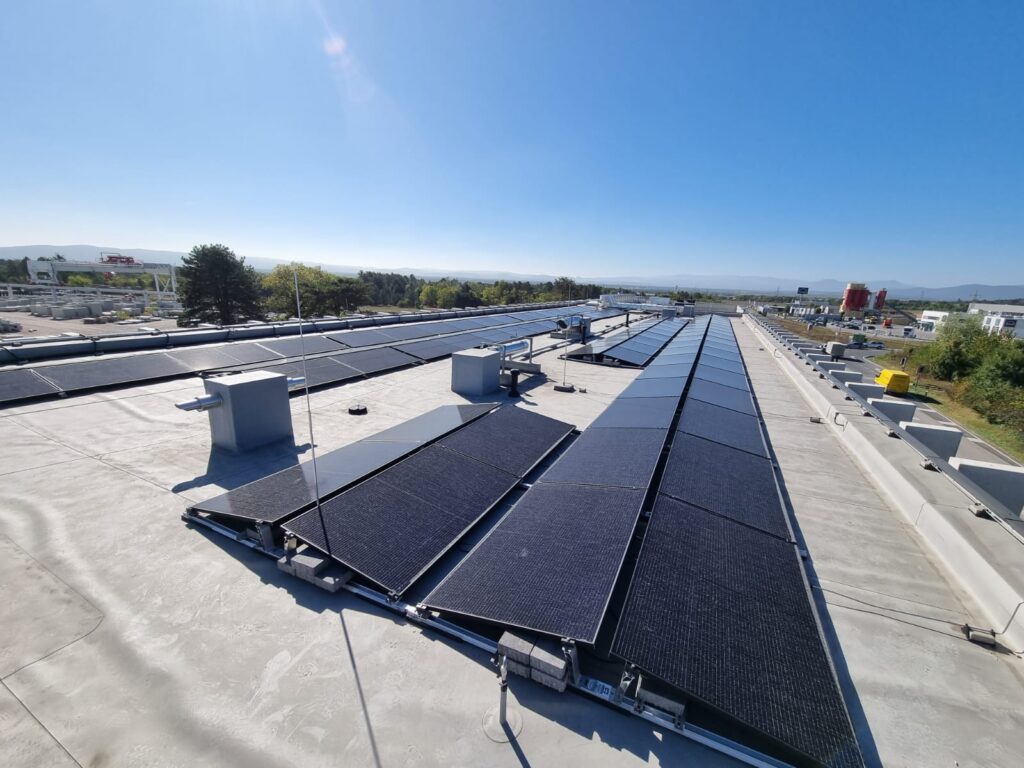
© Kirchdorfer
